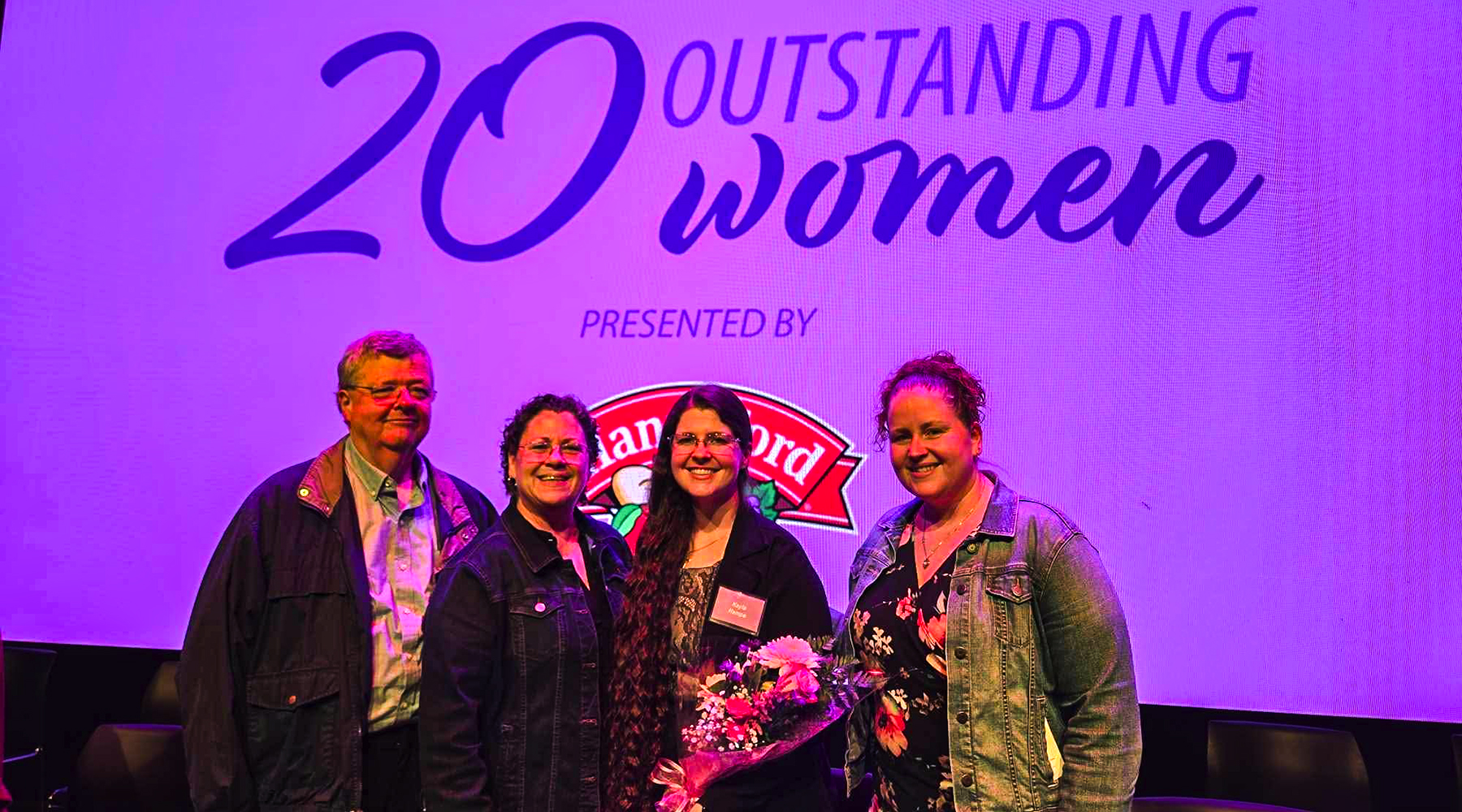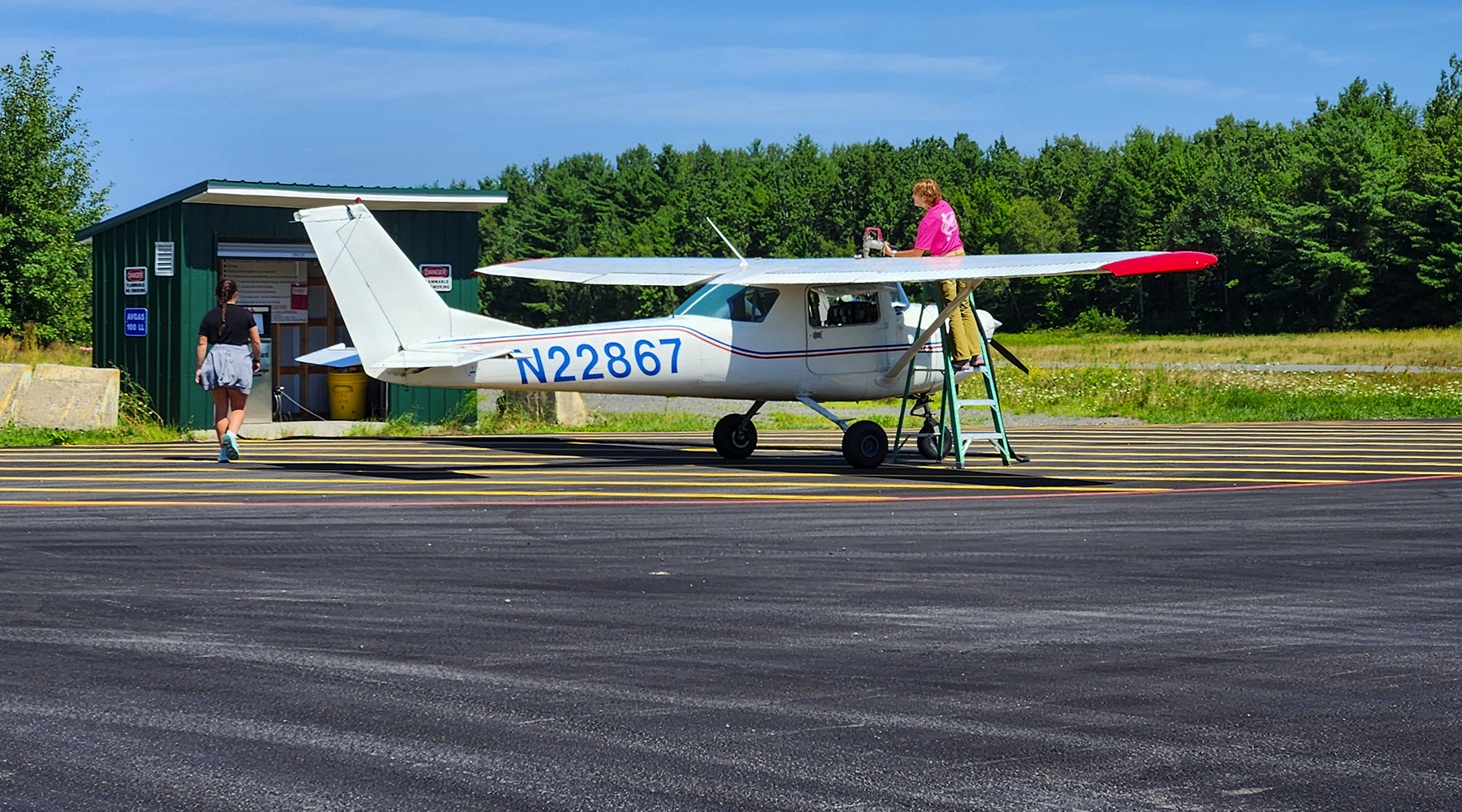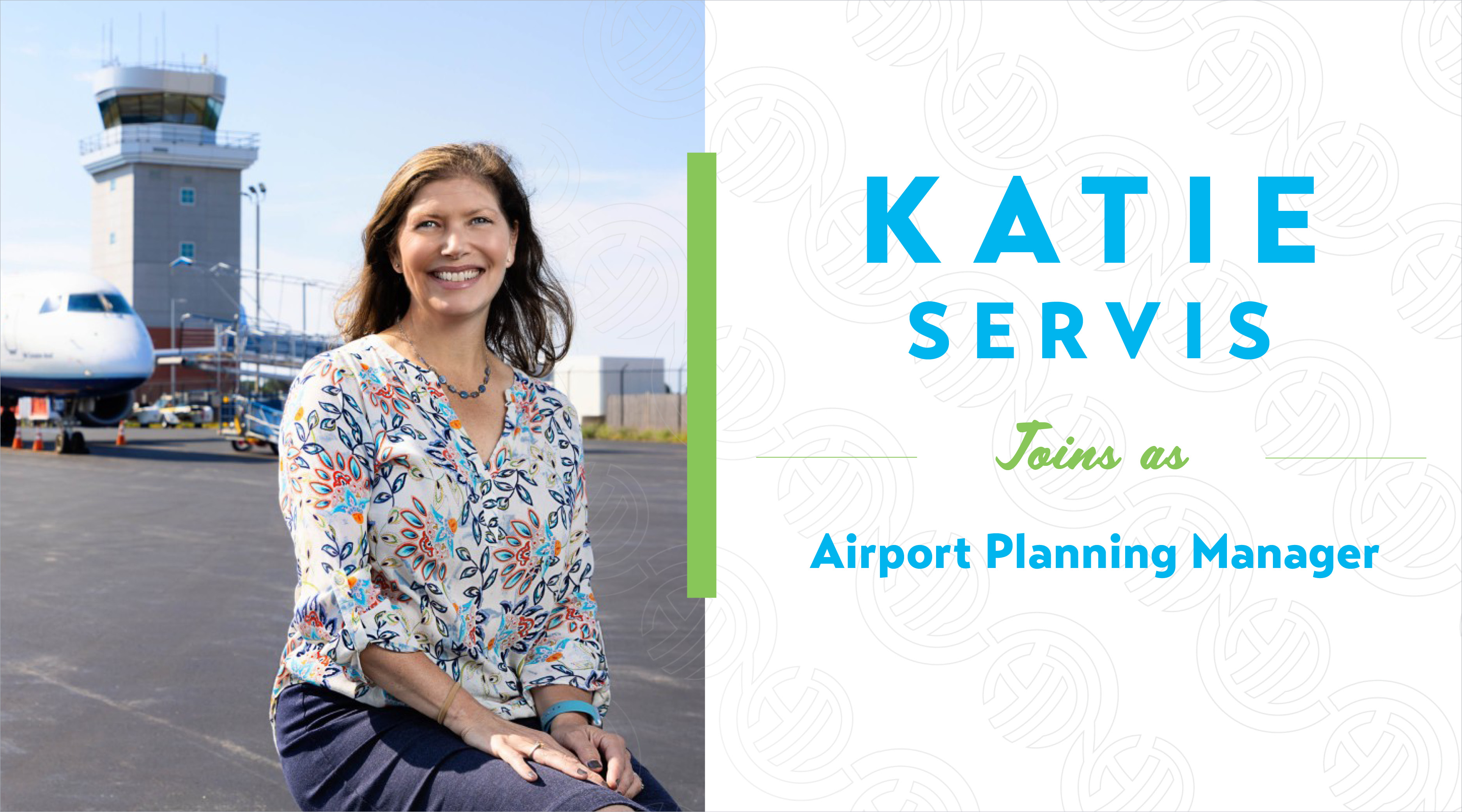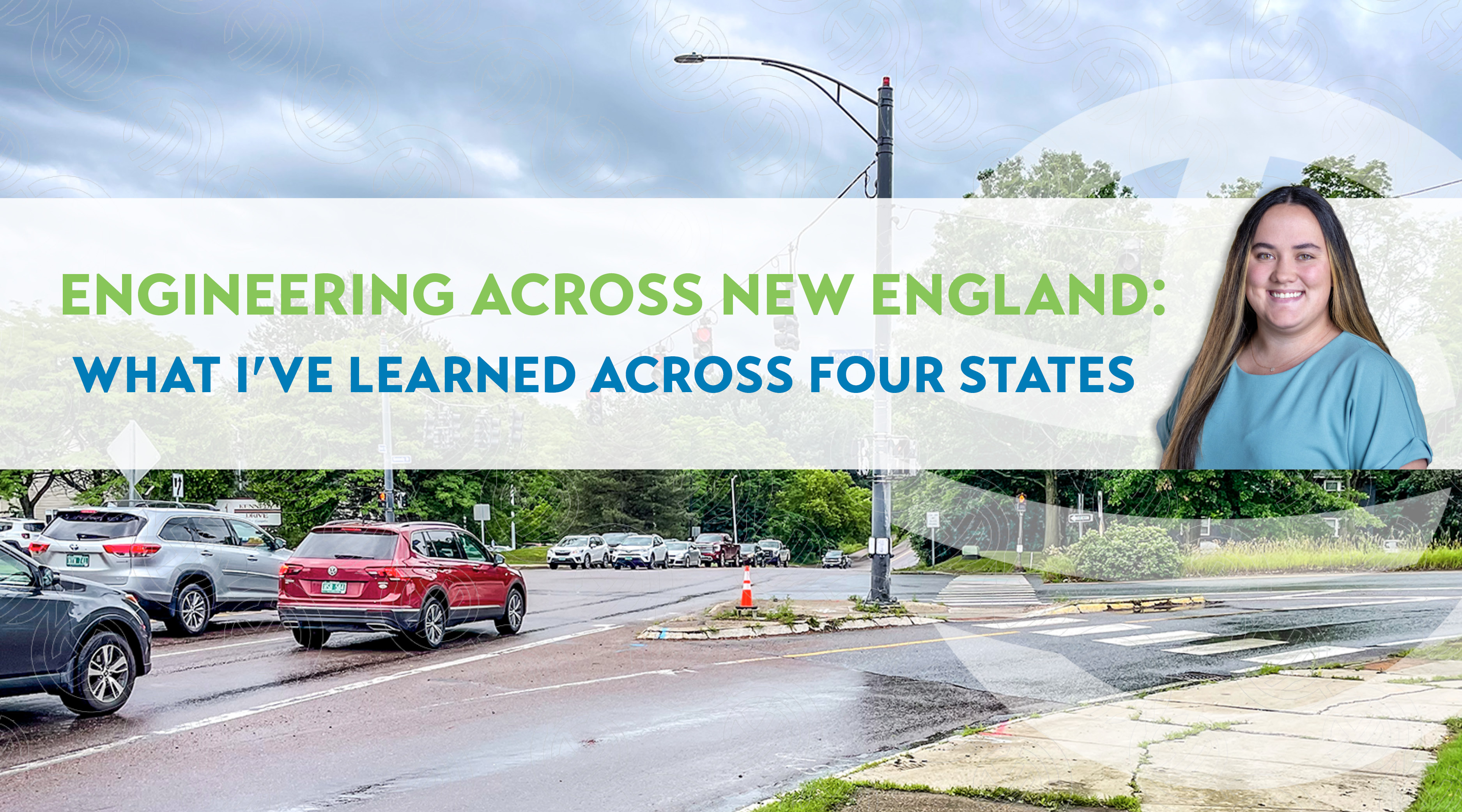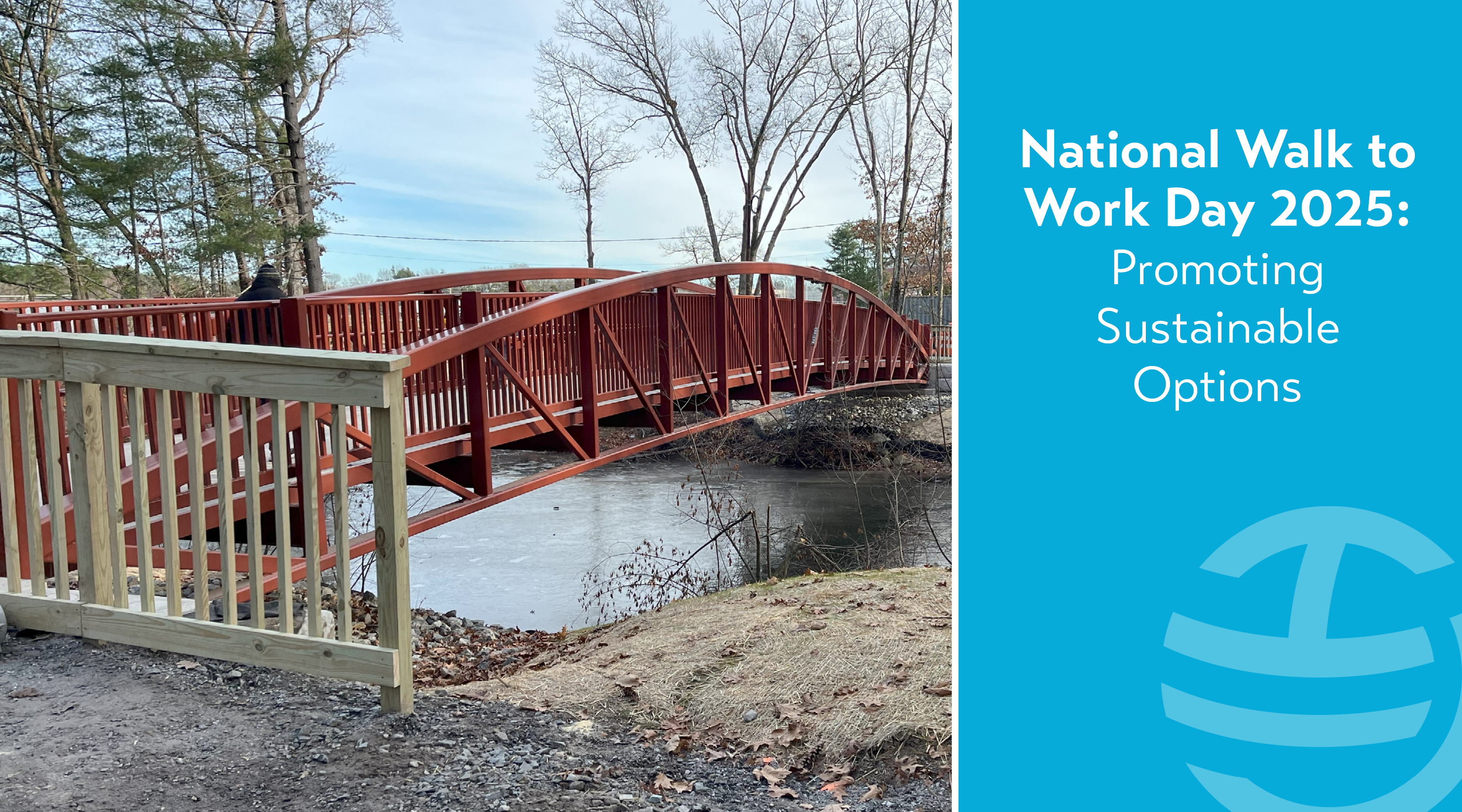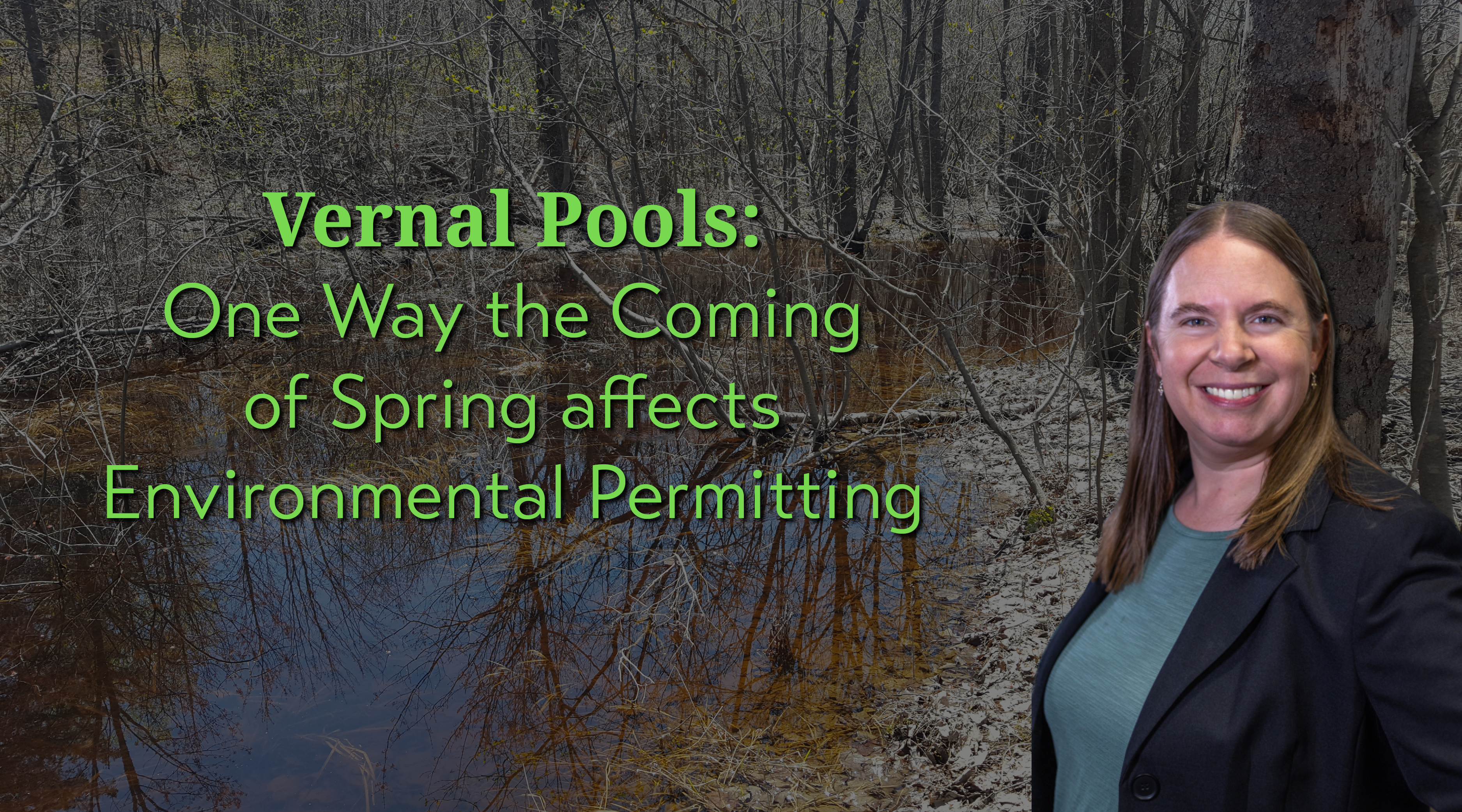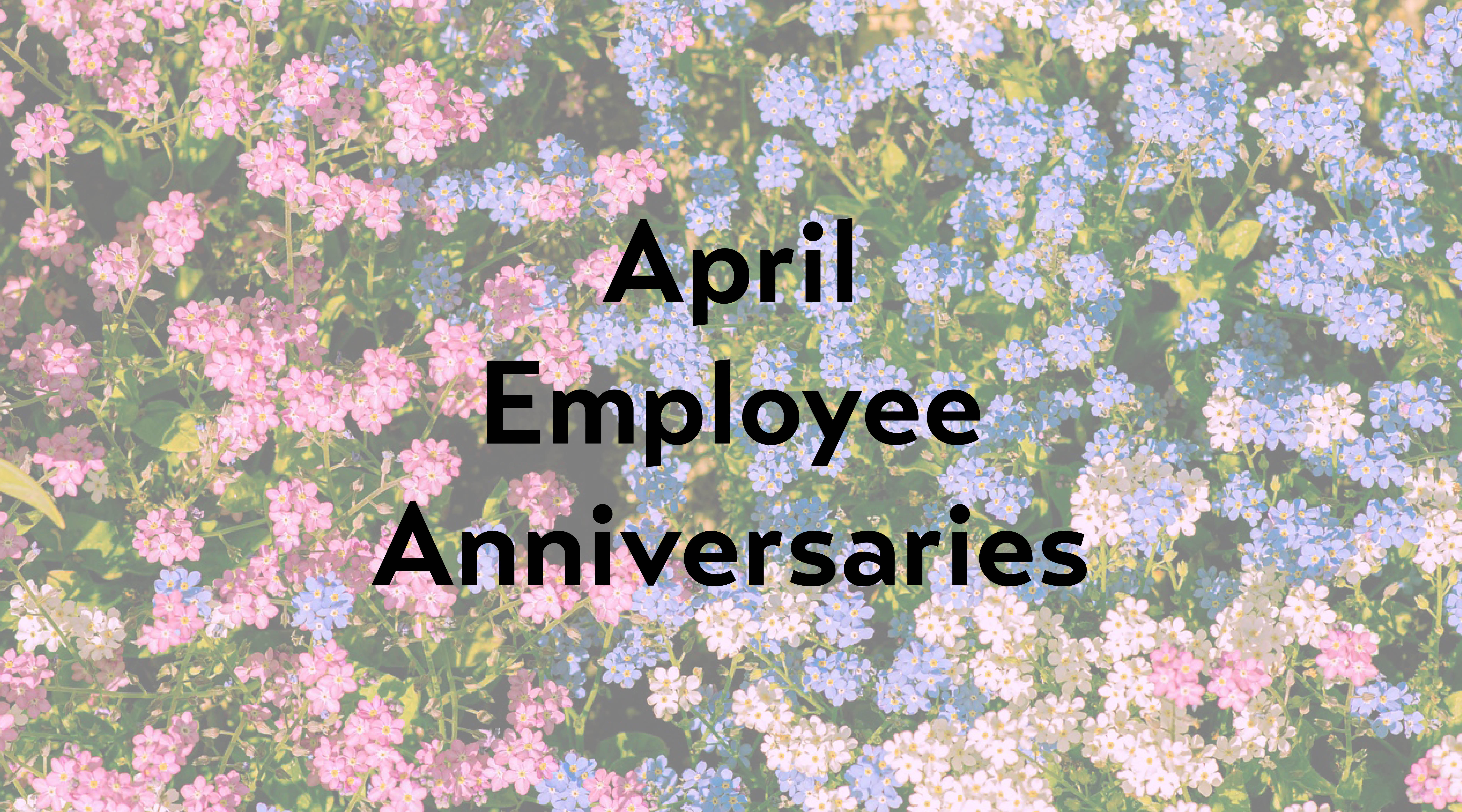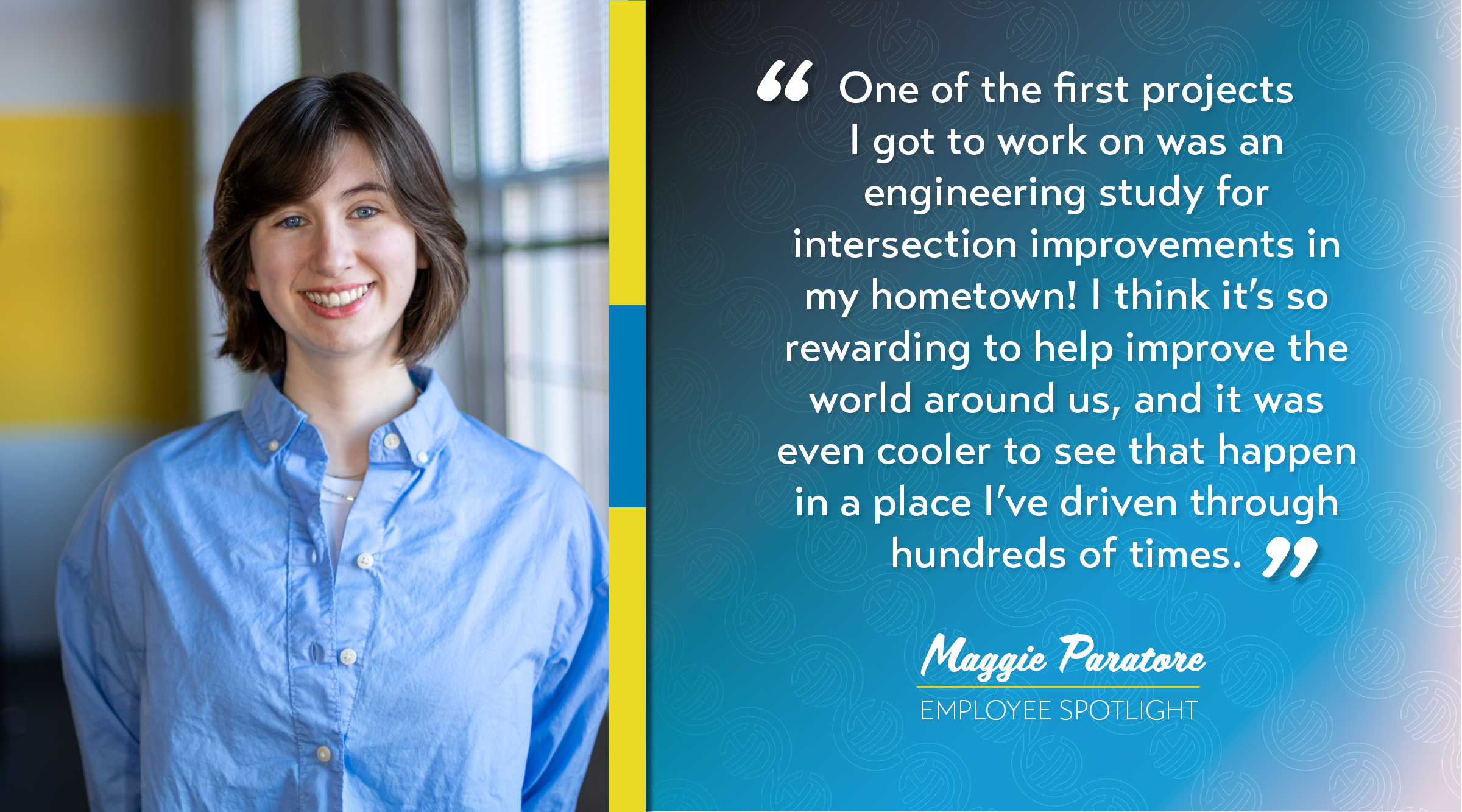What’s happening now?
In May, we talked about how COVID-19 was changing the landscape of construction. While some projects would continue on track, others ended abruptly or were postponed until further notice. Not to mention, each state continues to follow different guidelines and precautions on its construction sites based on the current needs of the state and governor orders.
In our post from May, we discussed the 6 additional things employees needed to pay attention to when practicing safety on a construction site.
May – believe it or not – was three months ago. That’s when we had a better idea of how the pandemic would change or affect the way construction sites operate. The actual pandemic crisis started at the beginning of 2020 according to some sources. Given that it took a while (understandably) for people to realize what precautions they needed to take on a construction site, we thought it was time to do an update on how construction has changed in the last three months – what we have learned and where we are headed.
- Any employee showing symptoms of COVID-19 is required to stay home. These days, we ask people to self-report, too. We have set up surveys that all employees are required to take, reporting if they feel any kind of symptoms and also requiring a temperature test any time they plan to go in the field, on a construction site, or enter an office. The results are retained by Human Resources using the appropriate protocols to keep sensitive information safe.
- We are still holding virtual meetings. Even when there’s an opportunity for an in-person meeting, we are generally sticking to virtual meetings. This is not only out of an abundance of caution, but we’ve also found that we are saving both time and money on traveling to the site for meetings. Of course, the need always arises for meetings to be held at the site, but these are now less frequent.
- We require all our employees to wear masks, both in the field and in the office. Since May, we have taken steps to re-open our offices. Between the guidelines set forth by the states we work in, and the guidelines that our landlords are following, we adopted a set of guidelines of our own that accommodate both. Employees must wear masks when entering and exiting the offices, and when leaving their desk areas. Most employees are still working from home, but for those who come in, disposable masks are available. We have also invested in branded cloth, reusable masks that will be distributed to all employees.
- Following along with our mask requirement (which is also a requirement for several of the clients and municipalities where we do business), it has been increasingly more popular for contractors not to wear masks. From the construction sites that we frequent, to construction sites we happen to pass, it is evident that not all contractors are “playing by the rules.” While it may not be “popular” to wear a mask on the jobsite, if you can’t maintain social distancing then you should be wearing a mask. Help set the right example.
- Changing interstate travel restrictions are keeping us on our toes. For example, Massachusetts is allowing anyone from New England, New York, and New Jersey to enter and exit the state freely, with all other states required to quarantine. However, Maine is restricting visitors from MA and RI from that list, and Vermont has issued travel restrictions to out-of-staters by the county that they are coming from (that’s right, county, so you may be fortunate to live in a county in your state that can travel to VT, but your co-worker in the same state but next county over may be restricted), reaching as far south as Virginia, and as far west as Ohio, based on a weekly update of the number of cases in each county. Special work exemptions apply in VT. Sound confusing? Basically, if you need to travel out of your home state for business, check with your supervisor.
The pandemic has affected millions of lives and millions of jobs. The construction industry is not immune to those changes. We have implemented new safety precautions wherever we could and our internal committees are continually reviewing our processes, making our working community and our construction sites safer for everyone.
What happens next?
We have gotten more comfortable with the necessary requirements for today’s construction landscape. That doesn’t mean that it won’t keep changing. For 2020, we can probably say that the construction season will stay relatively level. But what about for 2021? Some believe that while growth slow-down is expected for 2021, there doesn’t appear to be a downward trend coming. This is a pretty stark difference from what a 2017 article predicted – which was extreme growth within the construction industry by 2021.
While we’re not economists, we are in the construction sphere regularly, with our feet on the ground and our ears open to the struggles and triumphs that many are experiencing in this field. We remain vigilant as inevitable changes will test our company’s resiliency.

